Growing up in a small town with limited pocket money and an unlimited appetite, my culinary adventures were restricted to roadside stalls (or open air cafes as we liked to call them) and shops that served “₹10 ke 6 momos with soup” and “half plate egg chowmein for ₹7”.
Going to a high-end restaurant was strictly a family affair and was reserved for special occasions such as birthdays/mundan/sagai and all that.
“Why can’t we come here more often?” I used to asked my mom.
“Jab naukri karega na, tab roz aana,” she used to reply.
Cut to many years later, I finally got a well paying job. I could finally read the menu from left to right instead of the other way round. Finances were finally not an issue. And yes, I went to the fanciest places I could.
I’ve seen the most courteous of staff. I’ve tasted food items whose names I could barely pronounce. And yet, none of these places could compete with the solace and thrill one small place in our school provided many years back.
The school canteen.
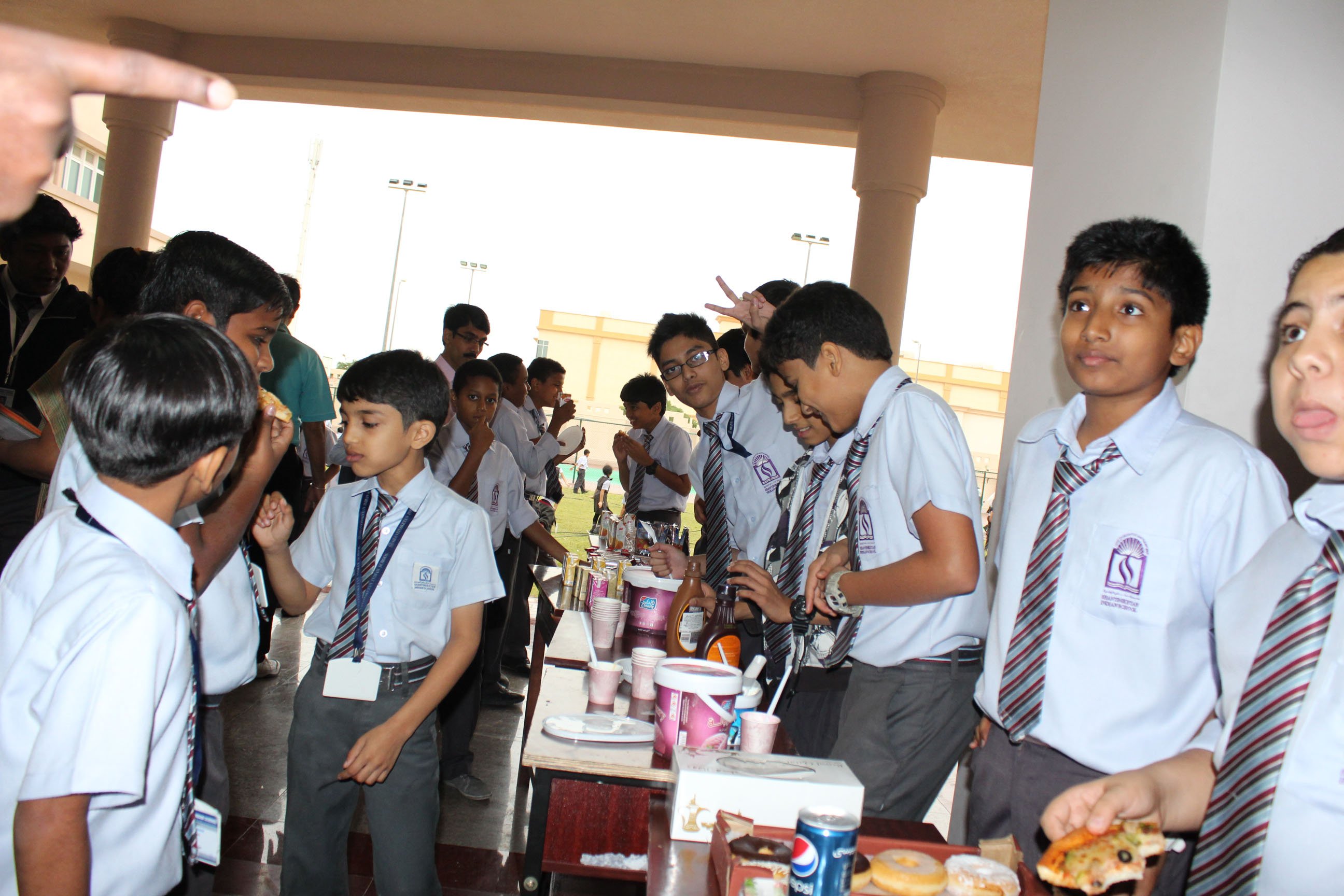
A mythical place that had the capacity to negate the efforts of all those parents who would wake up early in the morning to prepare lunch for their kids.
A place that was no less than a fine dine restaurant considering our pitiable financial conditions as school kids.
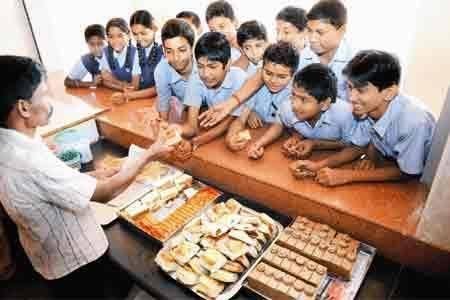
The samosa that didn’t get a second glance from us outside school hours looked like the tastiest delicacy in the world when arranged in the school canteen. The watered down Pepsi we bought to wash it down tasted even better. So did the chowmein that reeked of Ajinomoto.
So what made the school canteen so alluring? Was the food really good, or were we just plain hungry?
Looking back, I personally think that the school canteen became such an enigma because it was such a deviation in an otherwise disciplined school structure.
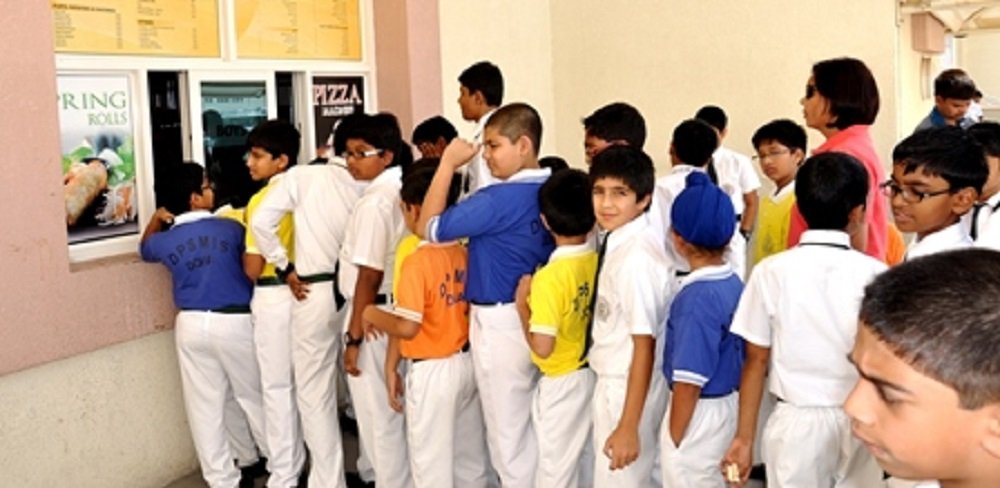
The dishes were simple. I think all the schools throughout India religiously followed the same menu of bun-samosas, chowmein, veg momos (no, we didn’t have non-veg momos in school), samosas and cold drinks served in glasses smaller than Anil Kapoor’s cameo in Mission Impossible Ghost Protocol.
And yet, there was always a mad, mad rush to buy stuff.
And the rush instigated the others.
It formed a group of sorts. It formed a peer pressure of sorts. We wanted to be a part of that group even if it meant buying a measly samosa worth ₹5. And hence, there we were, adding to the crowd.
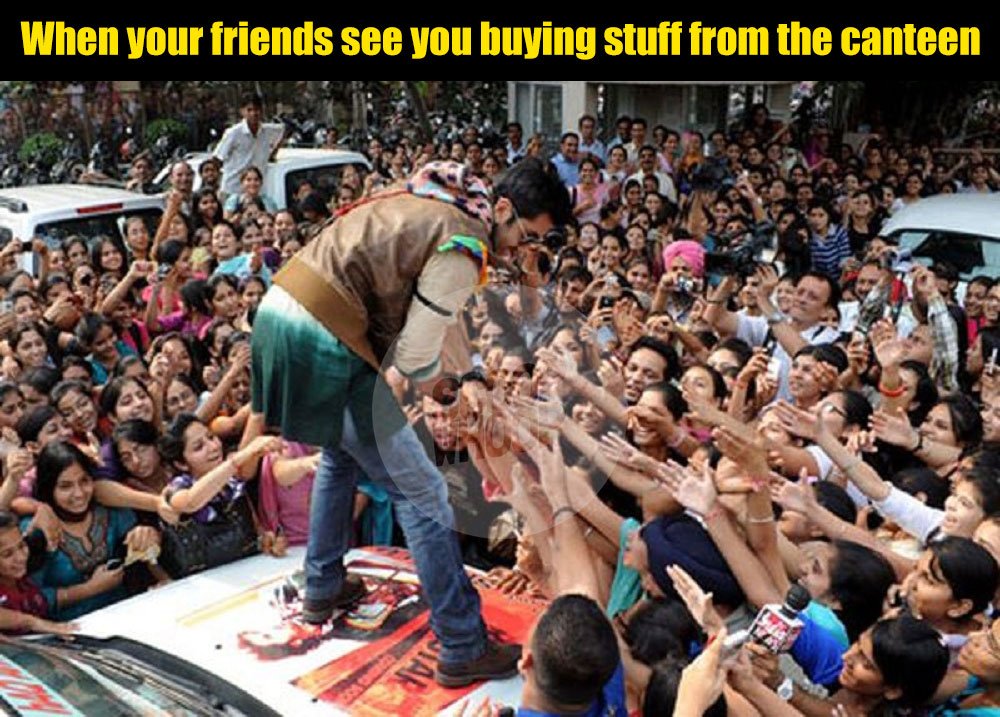
School canteen was also one of the few places where we got the opportunity to manage our finances on our own. It was one of the few places where nobody came between us and our money.
There were no parents around to judge our purchases and that in itself was liberating.
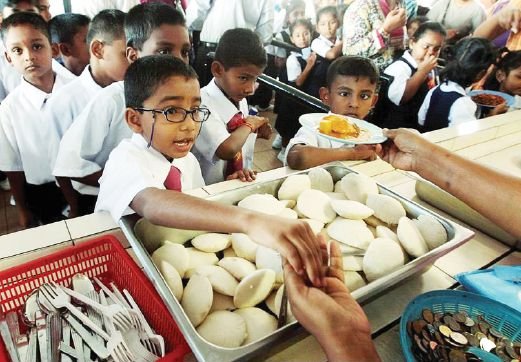
And of course, those were simpler times. Today I see schools with cafes that can give off-campus restaurants a run for their money. But back then (I know I’m sounding like a 100-year-old) both the delicacies and our needs were simpler.
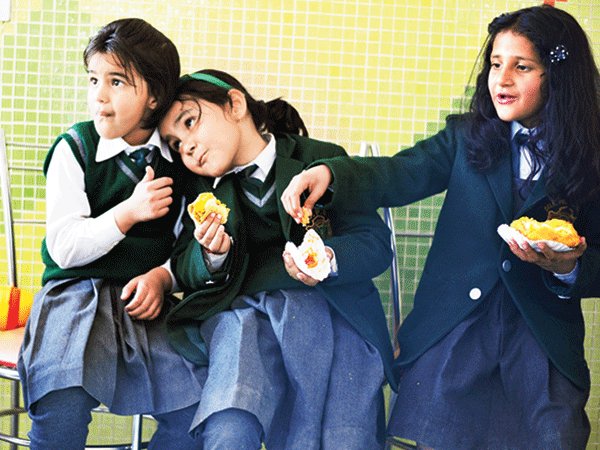
Yes, even after so many years, the memories of my school canteen remain.
That one place where everyone became your friend as soon as they saw you coming out of the crowd with a plate of chowmein.
That one place where spending ₹10 meant buying happiness worth ₹100.
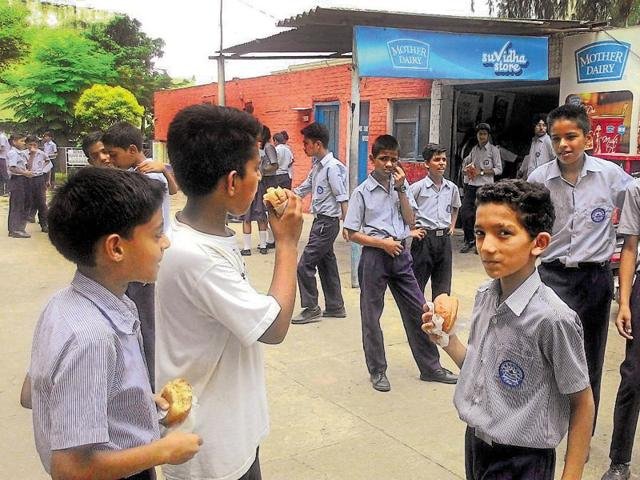
Yes, the fine dine restaurants are good. But our school canteen was better.

















